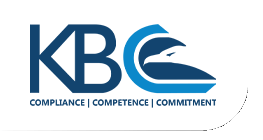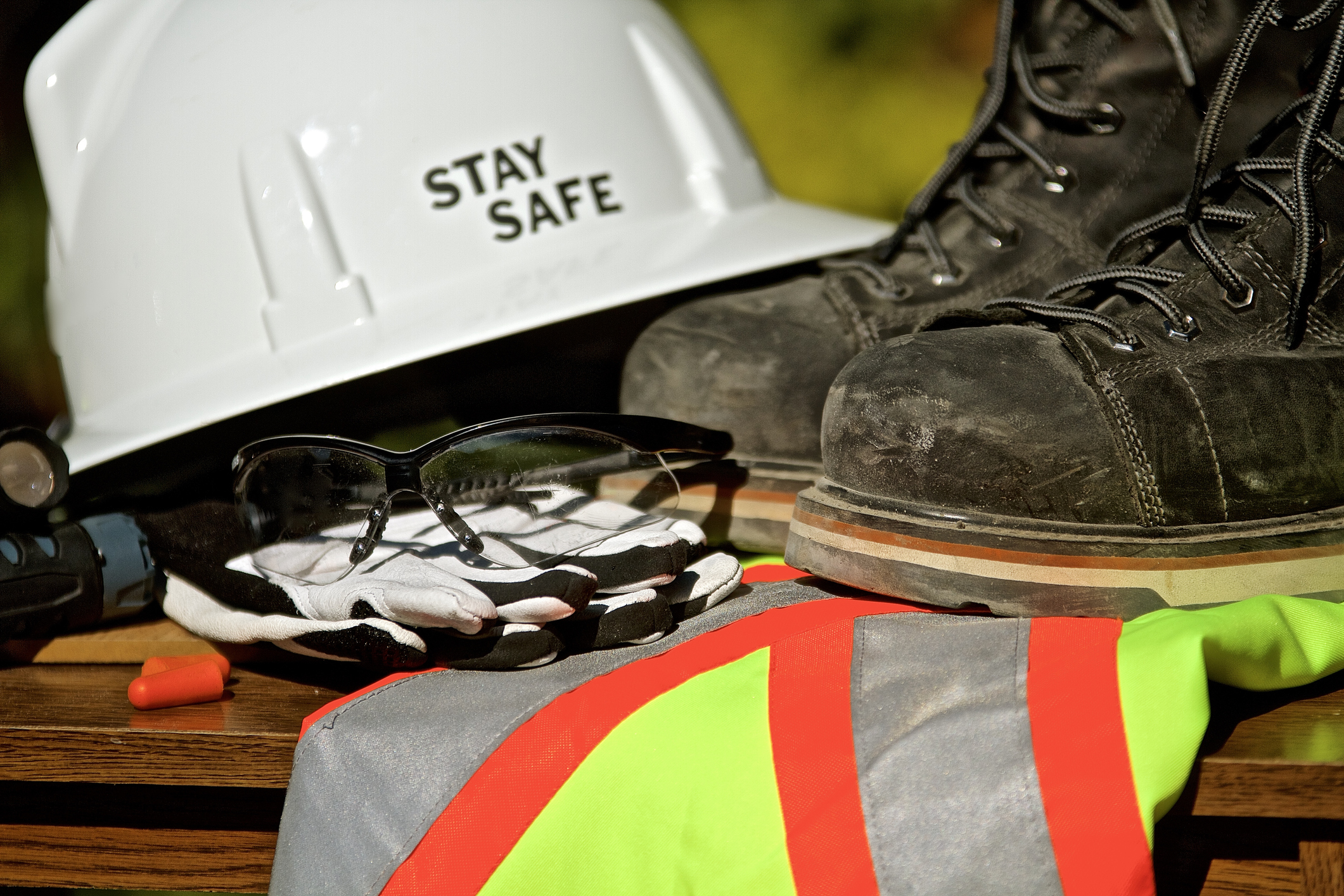By Sian Thurtell, Chief Operating Officer at KBC Health & Safety
Despite having trained personnel and a plethora of health and safety statistics on hand, many businesses find that they lack a deeper understanding and insight into what is happening on the ground. Statistics can tell you that you’ve trained so many people, that every contracting client on your site is compliant and that everyone stepping onto your site is competent, so it is easy to assume that people working there are working safely every day. Yet this is not always so. While checklists can give you an indication of whether your company is meeting the basic standards of health and safety compliance, you’re not actually measuring the behaviour of individuals. Hence, you wouldn’t know whether they are taking shortcuts, rushing to finish a job quickly, completing tasks correctly, or using the correct personal protective equipment.
While having trained Safety Officers that are always onsite is one way of ensuring that workers are working safely and not bringing harm to themselves or others, Safety Officers can only go so far to create a safe work environment.
More effective approach
In my opinion, a far more effective approach is the development of Safety Performance Coaches (SPCs) who fulfil a distinctly different role to that of Safety Officers or Safety, Health and Environment (SHE) Representatives. Safety Officers and SHE Reps serve as monitoring and reporting officers, reporting incidents as they take place, but generally offer no active course correction when an unsafe situation occurs.
So, this is where the problem arises. As a company that does health and safety training for mining companies predominantly, we’ve seen some significant gaps in this area that needed to be addressed. For example, an employee will attend our classes, complete the training, and will be placed on site as a Safety Officer. From there, their role is to translate what they’ve learned in the classroom and apply these learnings to the site.
While this is good in theory, we cannot measure whether this is really happening and have no way of seeing if the Safety Officer is making a positive impact. I’m sure you can see why this isn’t an ideal approach to creating a safe working environment.
Therefore, we’ve come up with the concept of the SPC, whose role is vastly different to that of the traditional Safety Officer. Ideally, an SPC would be someone that would either have a safety qualification or has been in a management position and is able to manage individuals.
The process
This is how it works: once we start working with a client, they earmark whatever amount of SPCs they require, and we take these individuals through a five-day Train-The-Trainer (TTT) process where they are coached and mentored to do observations and evaluations on site. Furthermore, they are also trained to do gap coaching on site.
This means SPCs are trained via a step-by-step process of how to engage with employees deemed to be working unsafely or where there is potential of harm to be caused by what they are doing or how they’re conducting their tasks. SPCs will engage and interject and ensure the individual on site understands that what they are doing could cause harm and the consequences thereof. The employee is then required to make a commitment to the SPC that they will do the task safely going forward.
Critical data
Here is where the innovative part comes in. All safety incidents are recorded, and this critical data is then delivered to the client in a monthly report. This enables the management team of that site to gain insights into where people tend to work unsafely or take shortcuts. These trends can also inform management of whether it’s predominantly contractors who are working unsafely or permanent employees, and they can also get an insight into which tasks specifically are performed unsafely.
Based on the monthly reports, we can inform a client that we’re seeing several issues with people doing a specific task, that it seems like they need to be retrained on how to work safely, and that they can come in for additional training.
This is where I believe SPCs go the extra mile, as they ensure that what they’ve learned in their training is applied on site and that everyone is working safely. Ultimately, I see us as a partner to our clients. It’s not just about doing training and stepping away when the employee goes on site. It’s more than that – it’s an entire journey that we walk with the client.



